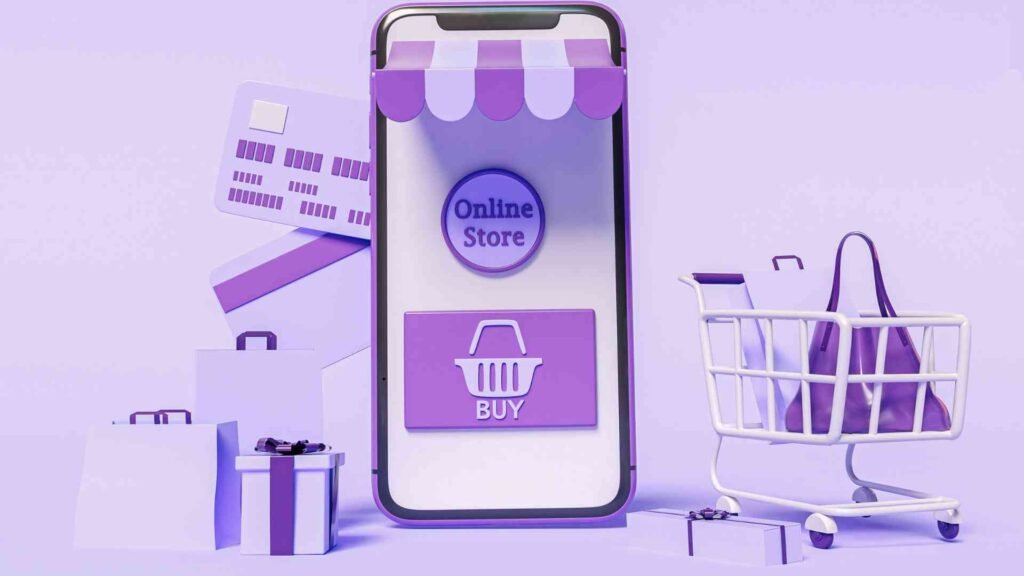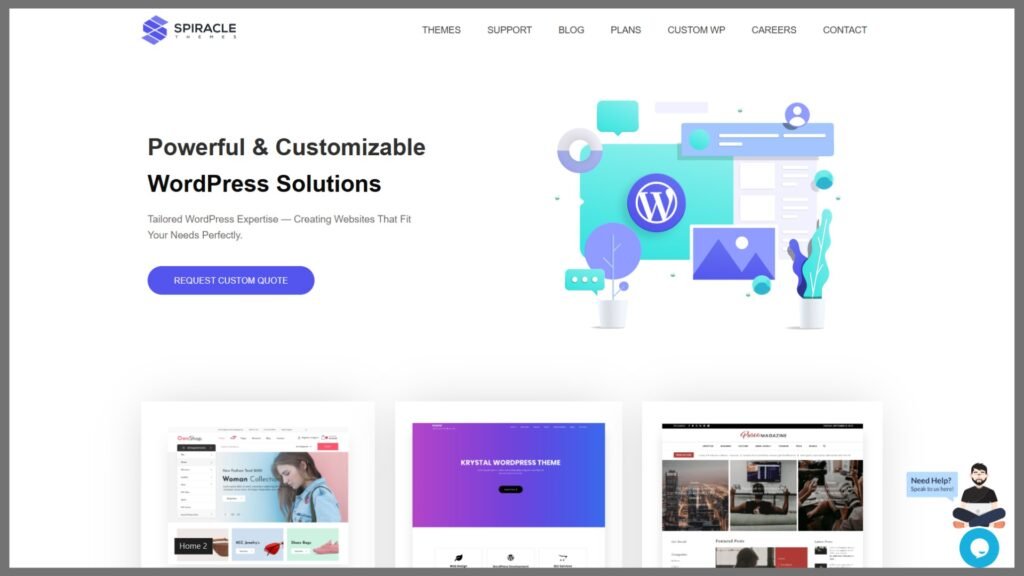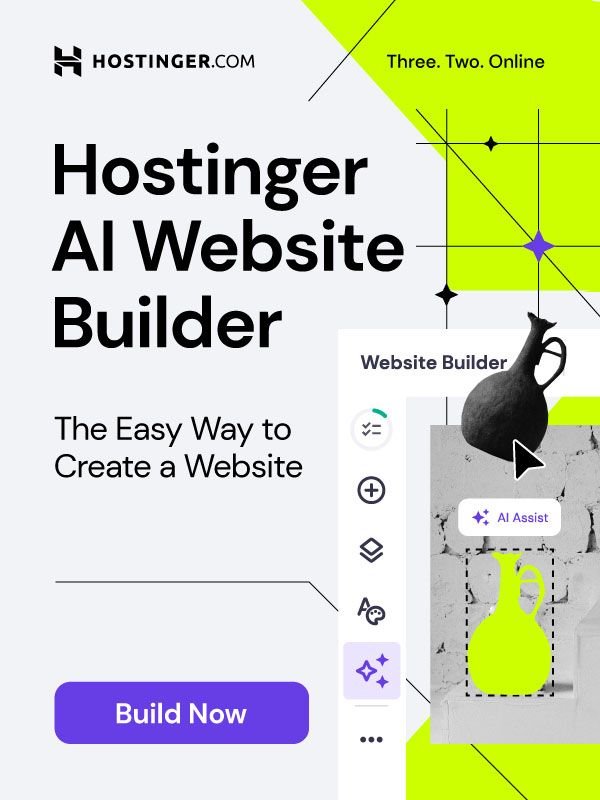The how to develop ecommerce website process has become increasingly crucial in today’s digital age. With the rapid rise of online shopping, having a robust e-commerce presence is essential for businesses of all sizes. By understanding the fundamentals of e-commerce development, you can effectively establish and grow your online store.
The Rise of E-commerce

E-commerce has revolutionized the way we shop. Consumers now have the convenience of browsing and purchasing products from the comfort of their homes. By creating an how to develop ecommerce website, businesses can tap into this growing market and reach a wider audience.
Before embarking on your how to develop ecommerce website journey, it’s crucial to define your specific goals. Are you aiming to sell products directly to consumers? Do you want to create leads and raise brand awareness? Or perhaps you’re looking to build a loyal customer base and foster long-term relationships? Clearly articulating your objectives will help guide your e-commerce strategy.
Planning Your E-commerce Website
A well-planned how to develop ecommerce website strategy is crucial for success. By carefully considering the following factors, you can create a solid foundation for your online store.
| Strategy 📊 | Description 📝 |
|---|---|
| 👤 Identifying Your Target Audience | Understand your ideal customer’s demographics, preferences, and online behavior to tailor products, marketing strategies, and customer experiences to their needs. |
| 📍 Choosing a Niche | Specialize in a product category or target market to differentiate your site from competitors. A strong niche focus helps you better understand your audience and attract loyal customers. |
| 💯 Crafting a Unique Selling Proposition (USP) | Clearly define what makes your ecommerce site stand out—whether it’s superior product quality, exceptional customer service, or a unique brand story. A strong USP builds brand loyalty. |
Choosing the Right E-commerce Platform

Selecting the right e-commerce platform is a crucial step in your how to develop ecommerce website journey. The platform you choose will significantly impact your website’s functionality, scalability, and overall user experience. Let’s explore some of the most popular options:
Self-Hosted Platforms
- How to develop ecommerce website with WordPress is a popular choice due to its flexibility and customization options.
- By leveraging powerful e-commerce plugins like WooCommerce, you can create a robust online store tailored to your specific needs.
- Magento is a comprehensive e-commerce platform that offers advanced features and scalability, making it ideal for large-scale businesses.
- If you’re looking to build a complex how to develop ecommerce website with extensive product catalogs and sophisticated functionalities, Magento is a strong contender.
- Shopify is a user-friendly platform that simplifies the how to develop ecommerce website process.
- It’s a great option for small and medium-sized businesses that want to quickly set up an online store without the technical complexities.
Hosted Platforms
- BigCommerce is a cloud-based e-commerce platform that offers a wide range of built-in features and tools.
- It’s a suitable choice for businesses that want to streamline their how to develop ecommerce website process and focus on selling products.
- Squarespace is renowned for its intuitive UI and eye-catching templates.
- If you prioritize design and aesthetics in your how to develop ecommerce website, Squarespace is a great option to consider.
By carefully evaluating your specific needs and budget, you can select the e-commerce platform that best aligns with your how to develop ecommerce website goals.
Designing Your E-commerce Website

A well-designed how to develop ecommerce website is essential to captivate your audience and drive sales. By focusing on user experience, visual appeal, and mobile optimization, you can create an online store that leaves a lasting impression.
User Experience (UX) Design:
User experience (UX) design is the cornerstone of a successful how to develop ecommerce website. By prioritizing a seamless and intuitive shopping experience, you can encourage visitors to explore your products and complete purchases. Consider the following UX best practices:
| Feature 📑 | Description 📝 |
|---|---|
| 🔍 Clear Navigation | Ensure your website has a clear and intuitive navigation structure, making it easy for visitors to find what they’re looking for. |
| ⚡ Fast Loading Times | Optimize your website’s loading speed to minimize bounce rates and improve user satisfaction. |
| 💳 Easy Checkout Process | Simplify the checkout process to reduce cart abandonment and increase conversions. |
Visual Design:
Visual design plays a crucial role in creating a memorable how to develop ecommerce website. By choosing a visually appealing theme and color scheme, you can create a brand identity that resonates with your target audience.
| Feature 📑 | Description 📝 |
|---|---|
| 🎨 Consistent Branding | Maintain a consistent brand identity throughout your website, from your logo and color palette to your typography and imagery. |
| 📸 High-Quality Product Images | Invest in high-quality product images that showcase your products in the best possible light. |
| 👉 Clear Calls to Action | Use clear and concise calls to action to guide visitors through the buying process. |
Mobile Optimization:
In today’s mobile-first world, it’s essential to ensure your how to develop ecommerce website is optimized for mobile devices. A mobile-friendly website provides a seamless shopping experience for users on smartphones and tablets.
| Feature 📑 | Description 📝 |
|---|---|
| 📱 Responsive Design | Use responsive design techniques to automatically adjust your website’s layout to different screen sizes. |
| ⏳ Fast Mobile Load Times | Optimize your website’s performance on mobile devices to minimize loading times. |
| 🚶 Easy-to-Use Mobile Navigation | Ensure your mobile navigation is intuitive and easy to use. |
By prioritizing user experience, visual design, and mobile optimization, you can create a how to develop ecommerce website that attracts and retains customers.
Setting Up Your Online Store
Once you have a solid foundation for your how to develop ecommerce website, it’s time to start setting up your online store. Here are some essential steps to consider:
| Feature 📑 | Description 📝 |
|---|---|
| 📗 Product Catalog | Write thorough product descriptions that include pricing details and excellent photos. Categorize products logically to enhance navigation. |
| 💳 Payment Gateways | Incorporate credit card processors or safe payment gateways such as PayPal or Stripe. Ensure multiple payment options for different customer preferences. |
| 💳 Shipping and Taxes | Configure shipping rates and tax calculations based on your target market. Offer competitive rates and transparent tax info for a better customer experience. |
| 📊 Inventory Management | Implement a robust inventory management system to track stock levels and automate reordering, helping avoid stockouts and fulfill orders efficiently. |
Managing Your E-commerce Business
Effective management is essential for the long-term success of your how to develop ecommerce website. Below are some key areas to focus on:
| Key Area 📈 | Description 📝 |
|---|---|
| 📦 Order Fulfillment | Process orders efficiently and ship products on time to ensure customer satisfaction. Use reliable shipping carriers and provide accurate tracking information. |
| 📞 Customer Service | Provide excellent customer support through various channels, such as email, phone, and live chat. Answer consumer questions right away and handle problems efficiently. |
| 📈 Analytics | Utilize analytics tools to monitor sales statistics, consumer behavior, and website performance. Make data-driven judgments by analyzing these insights to pinpoint areas that want development. |
By following these steps and continuously adapting to the evolving e-commerce landscape, you can successfully build and manage a thriving online store.
Need Professional Help?

If you’re overwhelmed by the technical aspects of how to develop ecommerce website, consider seeking professional help. A web development agency or freelance developer can assist you in creating a stunning and functional online store.
Spiracle Themes is a popular choice for e-commerce website development. They offer a wide range of customizable themes and templates to help you create a professional-looking website.
Conclusion
Developing a successful how to develop ecommerce website requires careful planning, execution, and ongoing optimization. By following the guidelines outlined in this comprehensive guide, you can create an online store that attracts customers, drives sales, and builds a strong brand presence.
Remember, the key to a successful how to develop ecommerce website is to provide a seamless user experience, offer high-quality products, and continuously adapt to the ever-evolving digital landscape. By leveraging the power of e-commerce, you can unlock new opportunities and take your business to new heights.
1. What are the basic steps to develop an ecommerce website?
Developing an ecommerce website typically involves choosing a platform, designing the layout, setting up product listings, configuring payment gateways, and optimizing for SEO.
2. Which platform is best for ecommerce website development?
Popular platforms include WordPress with WooCommerce, Shopify, and Magento. Each offers different features depending on your business needs and budget.
3. How much does it cost to develop an ecommerce website?
The cost can vary widely depending on the complexity, platform, and features. DIY options may be more affordable, while hiring professionals could result in higher-quality outcomes.
4. How long does it take to build an ecommerce website?
Building a basic site could take a few days, while a fully customized website may take several weeks, depending on design, features, and development resources.
5. Can Spiracle Themes help with custom ecommerce website development?
Yes, Spiracle Themes specializes in custom WordPress development, including ecommerce websites. Their team can help you create a unique, high-performing online store tailored to your business needs.










